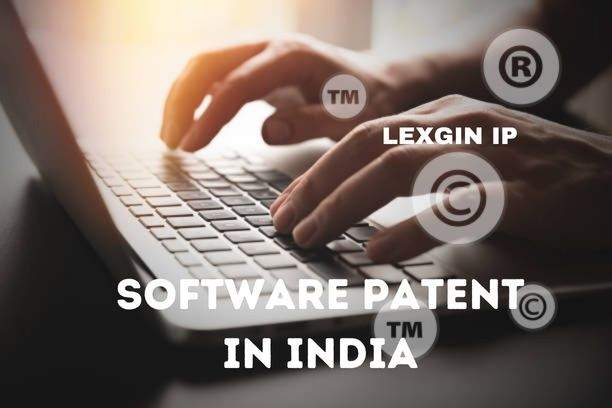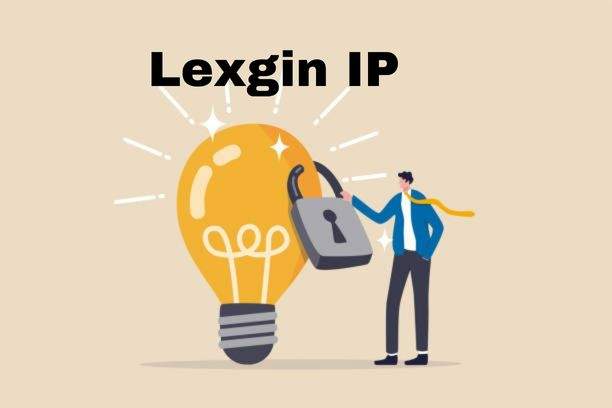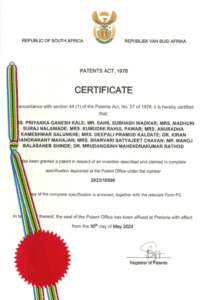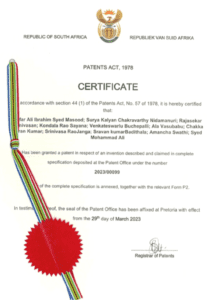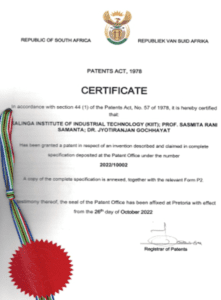What First-Time E-commerce Vendors Need to Know About Trademark, Patent, Design & Copyright

Starting an e-commerce business involves more than just setting up a website and sourcing products. Understanding intellectual property (IP) rights is crucial for protecting your business and avoiding costly legal disputes. Here’s what every first-time e-commerce vendor needs to know about the four main types of intellectual property protection.
Trademarks: Protecting Your Brand Identity
What Are Trademarks?
Trademarks protect brand identifiers like business names, logos, slogans, and product names that distinguish your goods or services from competitors. They’re the foundation of your brand identity and customer recognition.
Key Considerations for E-commerce Vendors
- E-commerce sites will not permit listings unless you possess a trademark.
- Choose distinctive names. Avoid generic terms or names too similar to existing brands
- Conduct trademark searches: Research existing trademarks before finalizing your brand name
- Register strategically: File trademark applications in relevant product categories and jurisdictions where you plan to sell
- Monitor your trademarks: Watch for potential infringers using similar marks
- Use proper trademark symbols: Use ™ for unregistered trademarks and ® only after official registration
Common Mistakes to Avoid
- Using trademarked terms in product descriptions or keywords without permission
- Copying competitor logos or brand elements
- Failing to register trademarks in international markets where you sell
- Not protecting domain names that match your trademarks
Design Rights: Protecting Product Appearance
What Are Design Rights?
Design rights protect the visual appearance of products, including shape, color, texture, and ornamentation. They’re particularly important for consumer goods where aesthetics drive purchasing decisions.
E-commerce Applications
- Product design: Protect unique visual elements of your products
- Packaging design: Safeguard distinctive packaging that enhances brand recognition
- Website design: Some jurisdictions protect unique interface designs
- International protection: Register designs in key markets
Design Protection Strategies
- Document your design process with dated sketches and prototypes
- File design applications early in the product development cycle
- Consider both registered and unregistered design rights
- Monitor competitors for potential design infringement
Duration and Scope
- Design rights typically last 10-15 years, depending on jurisdiction
- Protection covers the overall visual impression, not functional aspects
- This is one of the best and easiest to get. It holds legal ground and supports takedowns.
Copyright: Protecting Creative Content
What Does Copyright Protect?
Copyright automatically protects original creative works including text, images, videos, music, software code, and artistic designs. It’s particularly relevant for e-commerce content creation.
E-commerce Copyright Issues
- Product descriptions: Original written content is automatically copyrighted
- Photography: Product photos you create are protected by copyright
- Sales material: Blog posts, articles, and marketing copy are copyrighted
- Software and code: Custom e-commerce platforms and apps have copyright protection
- Marketing materials: Brochures, advertisements, and promotional content
Best Practices
- Create original content whenever possible
- Obtain proper licenses for stock photos, music, and other third-party content
- Use Creative Commons resources appropriately and follow attribution requirements
- Implement proper copyright notices on your website
- Respect others’ copyrights to avoid infringement claims
Common Copyright Pitfalls
- Using manufacturer photos without permission
- Copying competitor product descriptions
- Using copyrighted music in marketing videos without licenses
- Failing to obtain model releases for photos featuring people
Patents: Protecting Inventions and Innovations
What Are Patents?
Patents protect new inventions, processes, and improvements to existing products. They grant exclusive rights to make, use, and sell the invention for a limited period (typically 20 years).
Relevance for E-commerce Vendors
- Product innovation: If you develop unique products or improve existing ones, patents may apply
- Business method patents: Some e-commerce processes and technologies may be patentable
- Freedom to operate: Ensure your products don’t infringe existing patents
- Due diligence: Research patent landscapes before launching new products
Types of Patents
- Utility patents: Protect how products work or are made
- Provisional patents: Provide temporary protection while developing full applications
Patent Considerations
- Patents are expensive and time-consuming to obtain
- Patent protection varies by country
- Consider whether trade secrets might be more appropriate than patents
- Consult with patent attorneys for complex innovations
Practical Steps for New E-commerce Vendors
- Conduct IP Audits
- Research existing trademarks in your industry and target markets
- Check for patent protection on similar products or technologies
- Verify that your designs don’t infringe existing design rights
- Ensure all content is original or properly licensed
- Develop an IP Strategy
- Identify what aspects of your business need protection
- Prioritize IP registrations based on budget and business goals
- Create a timeline for filing applications
- Consider international protection needs
- Implement Protective Measures
- Register domain names that match your trademarks
- Use appropriate IP notices and symbols
- Create clear terms of use and privacy policies
- Implement measures to detect and respond to infringement
- Budget for IP Protection
- Factor IP costs into your business plan
- Consider the long-term value of IP protection
- Explore cost-effective options like Madrid Protocol for international trademark registration
- Budget for ongoing monitoring and enforcement
- Seek Professional Guidance
- Consult with IP attorneys for complex matters
- Work with trademark and patent agents for registrations
- Use qualified professionals for IP searches and clearances
- Get legal advice before taking enforcement actions
Red Flags and Warning Signs
Potential Infringement Issues
- Receiving cease and desist letters
- Platform takedown notices (Amazon, eBay, etc.)
- Customer complaints about counterfeit products
- Competitors using similar branding or designs
When to Seek Immediate Legal Help
- Facing IP infringement allegations
- Discovering significant copying of your IP
- Planning to expand internationally
- Considering licensing agreements or partnerships
Building Long-term IP Value
Creating IP Assets
- Document innovation and creative processes
- Maintain records of first use dates for trademarks
- Keep detailed design development files
- Preserve evidence of original creation for copyrights
Monetizing IP Rights
- License designs or technologies to other businesses
- Franchise your business model and branding
- Sell or assign IP rights as business assets
- Use IP as collateral for financing
Maintaining Protection
- Renew registrations when required
- Monitor for infringement and take appropriate action
- Update registrations to reflect business changes
- Keep IP portfolios aligned with business strategy
Conclusion
As the business grows, copycats jump in. In the absence of a robust IP strategy, e-commerce sellers find themselves helpless and fall in the trap of costly legal litigations. Begin with the fundamentals: select unique branding, produce unique content, uphold others’ intellectual property rights, and gradually construct a comprehensive IP portfolio as your business grows. Remember that IP protection is an investment in your business’s future, and early action is often more cost-effective than reactive measures.
Consider working with qualified IP professionals to develop a strategy tailored to your specific business needs and goals. The cost of proper IP protection is typically far less than the potential losses from infringement disputes or the missed opportunities from unprotected innovations.


